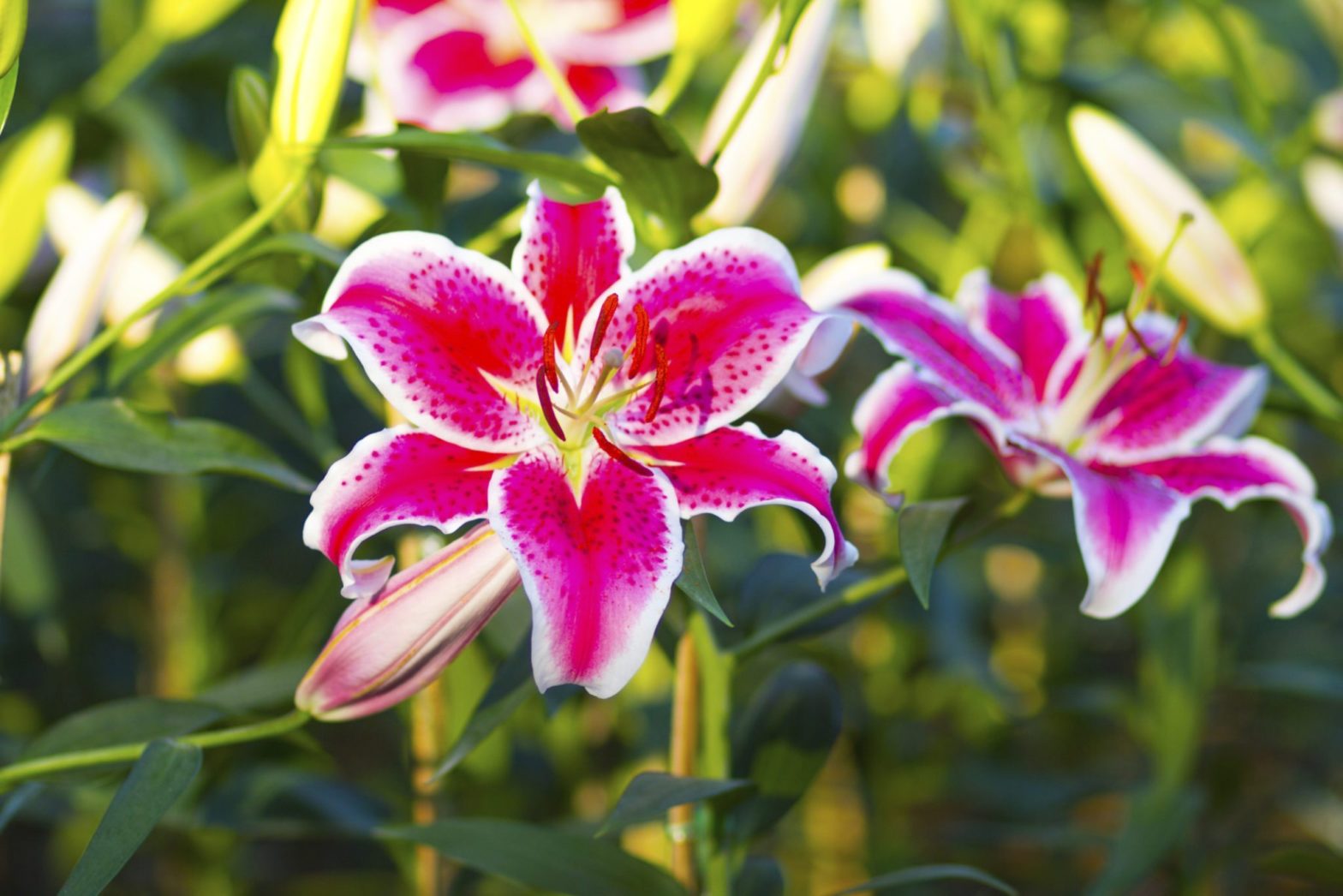
Three Steps to Growing Your Own Lilies
When we think of the spring, lilies automatically come to mind. Who doesn’t love this type of flower? It produces a beautiful, colorful bloom every year, all while delivering a fantastic aroma. That’s why when you’re looking for a flower to plant this summer, lilies are the obvious choice. Check out our steps below for how to grow this plant in your garden.
Step 1: Begin by digging a hole 2 to 3 times as deep as your bulbs are high
That’s because you want to make sure you’re giving your bulbs plenty of room to sprout out and grow. Also, during this time, remove any weeds or clumps of roots you see within the soil. Then, place the bulb in the hole, with the tips facing up. In general, you want to avoid planting your lilies when it’s really hot out because this could dry out your plants before the roots fully settle in. You should also keep your lilies away from plants like bushes and trees that will hog nutrients from them.
Step 2: After you place your bulbs into their correct holes, fill up the area with well-rotted organic matter
This will help keep your lilies healthy, so they can grow to their full potential. If you don’t have that kind of matter on hand, though, you can use any acidic soil. Once you’re done with that, water your plants thoroughly. However, since water tends to get stuck beneath the scales, you should grow your plants in a well-drained environment. If not, the bulbs may rot.
Step 3: In order to grow healthy lilies, you must continue to give them plenty of water and sunshine
Typically, lilies need about six to eight hours of sunshine a day, so plant them in an area with direct exposure to UV rays. We also suggest watering your plants three or four times a week. Then, fertilize your garden once a year. Spring is usually the best time to do this, although that could change depending on your home’s climate. As your lilies start growing, you should cut the foliage back to roughly 10 inches. This helps encourage new growth, leaving your lilies in top shape.